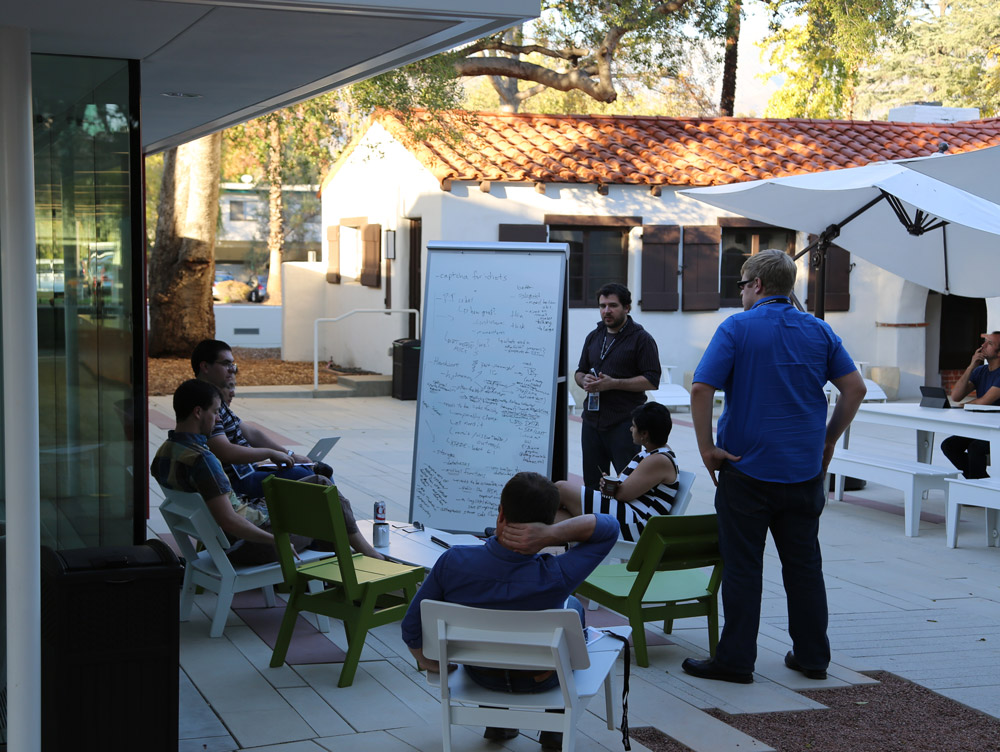Workshop Overview:
The drive to understand galaxy formation and evolution over the lifetime of the universe has justified vast space-based and ground-based facilities, as well as the development of new technologies. We have identified a multi-disciplinary important scientific topic in the area of galaxy formation and evolution that has the potential to motivate specific technological and mission requirements. Succinctly, this is by connecting the most sophisticated cosmological simulations of galaxy formation and evolution, which are able to resolve features as small as a few light years in size, with detailed observational studies of star formation in the Milky Way and nearby galaxies.
The alchemy of star formation, and the modes by which that activity couples to the broader galactic environment, occurs on small spatial scales. These scales, however, can only be traced with great sophistication in the local universe, as witnessed by observations using Spitzer, Herschel, SOFIA, and ALMA. The scales studied in the local universe are "sub-grid" for the purpose of cosmological simulations that make valiant efforts to include the physics of star formation and its feedback to the local environment. The fundamental uncertainties in how this sub-grid physics is incorporated into the larger picture are by far the greatest limitation in successfully modelling, and fundamentally understanding how galaxy formation and evolution actually works.
The purpose of this study program is to get world-class representatives of the galaxy formation, star formation, and associated detector and mission technology communities to interact with each other with sufficient focus to generate new ideas for:
- New observations that can be used to constrain models.
- Definition of tests of different models and prescriptions for star formation that will be of interest for observers.
- Requirements for future instruments and space missions to enable the synthesis of these research areas.































